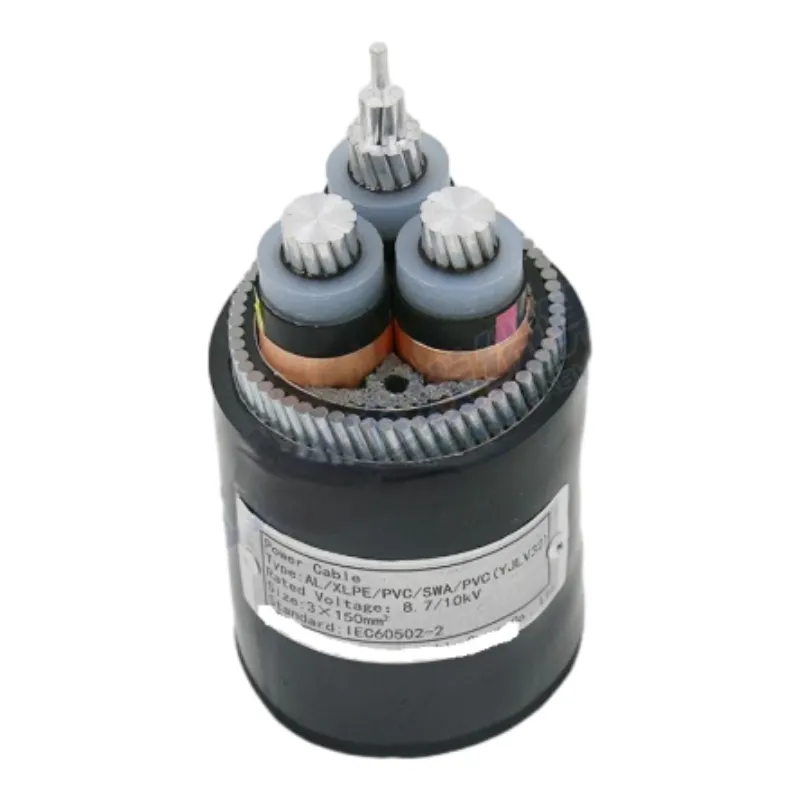10 月 . 22, 2024 07:56 Back to list
Ductile Iron Check Valve Applications and Benefits in Fluid Control Systems
Understanding Ductile Iron Check Valves A Comprehensive Overview
Check valves play a crucial role in various piping systems, ensuring that fluids flow in one direction and preventing backflow. Among the different materials used for manufacturing check valves, ductile iron stands out for its exceptional strength, durability, and versatility. In this article, we delve into the characteristics, advantages, applications, and maintenance of ductile iron check valves.
What is Ductile Iron?
Ductile iron, also known as ductile cast iron or spheroidal graphite iron, is a type of cast iron characterized by its unique microstructure, which includes spherical graphite inclusions. This structure results in enhanced mechanical properties compared to traditional cast iron, such as increased tensile strength, ductility, and impact resistance. Ductile iron can withstand extreme temperatures and pressures, making it a preferred choice for various industrial applications.
Features of Ductile Iron Check Valves
Ductile iron check valves are designed to allow fluid flow in one direction while effectively preventing backflow. Some key features include
1. Durability The inherent properties of ductile iron provide excellent resistance to wear and fatigue, ensuring a long service life even in harsh environmental conditions.
2. Corrosion Resistance While ductile iron can corrode over time, it is often coated with protective materials such as epoxy or paint to enhance its resistance to corrosion and extend its life span.
3. Ease of Installation These check valves are designed for straightforward installation in a variety of piping systems, whether horizontal or vertical.
4. Wide Range of Sizes Ductile iron check valves are available in various sizes and configurations, making them suitable for diverse applications within water, wastewater, chemical, and industrial processes.
Advantages of Using Ductile Iron Check Valves
1. High Strength-to-Weight Ratio Ductile iron is lighter than steel but offers similar, if not superior, strength, making it an ideal choice for applications where weight reduction is critical.
2. Flexibility for Design Manufacturers can easily mold ductile iron into intricate designs, accommodating various requirements in piping systems. This flexibility allows for the creation of check valves that meet specific industry standards.
4. Operational Efficiency Ductile iron check valves minimize pressure drop and turbulence in the flow, contributing to improved system efficiency.
ductile iron check valve

Applications of Ductile Iron Check Valves
Due to their robust characteristics, ductile iron check valves are utilized across a wide spectrum of industries
- Water and Wastewater Management These valves are essential in municipal water supply systems, sewage systems, and treatment plants to prevent backflow and protect infrastructure.
- Industrial Processes In chemical manufacturing and other industries, ductile iron check valves are used in pipelines that transport various fluids, ensuring systems operate safely and efficiently.
- Fire Protection Systems Ductile iron check valves are integral components in fire suppression systems, helping to maintain water supply without the risk of backflow contamination.
- Oil and Gas These valves can be found in upstream and downstream operations, including refineries and transportation pipelines, where fluid control is critical.
Maintenance of Ductile Iron Check Valves
To ensure the longevity and effectiveness of ductile iron check valves, regular maintenance is essential
1. Routine Inspections Periodic check-ups can identify any wear or damage, allowing for timely repairs or replacements before major issues arise.
2. Cleaning Keeping the valves clean from debris and buildup will help maintain optimal flow and functionality.
3. Lubrication Proper lubrication will ensure the internal mechanisms of the valves operate smoothly, preventing jamming or failure.
4. Monitoring for Corrosion Regular checks for signs of corrosion should be performed, especially in environments that may expose the valves to corrosive substances.
Conclusion
Ductile iron check valves offer a combination of strength, durability, and design flexibility that makes them indispensable in modern fluid control applications. Their rising popularity across diverse industries can be attributed to their robust performance and cost-effectiveness. As industries continue to evolve, the role of ductile iron check valves in ensuring operational efficiency and safety will only become more significant. Understanding these valves' features, advantages, and maintenance requirements is essential for any professional engaged in fluid management or infrastructure development.
Share
-
Understanding the Differences Between Wafer Type Butterfly Valve and Lugged Butterfly ValveNewsOct.25,2024
-
The Efficiency of Wafer Type Butterfly Valve and Lugged Butterfly ValveNewsOct.25,2024
-
The Ultimate Guide to Industrial Swing Check Valve: Performance, Installation, and MaintenanceNewsOct.25,2024
-
Superior Performance with Industrial Swing Check Valve: The Essential Valve for Any SystemNewsOct.25,2024
-
Industrial Swing Check Valve: The Ideal Solution for Flow ControlNewsOct.25,2024
-
You Need to Know About Industrial Swing Check Valve: Functionality, Scope, and PerformanceNewsOct.25,2024